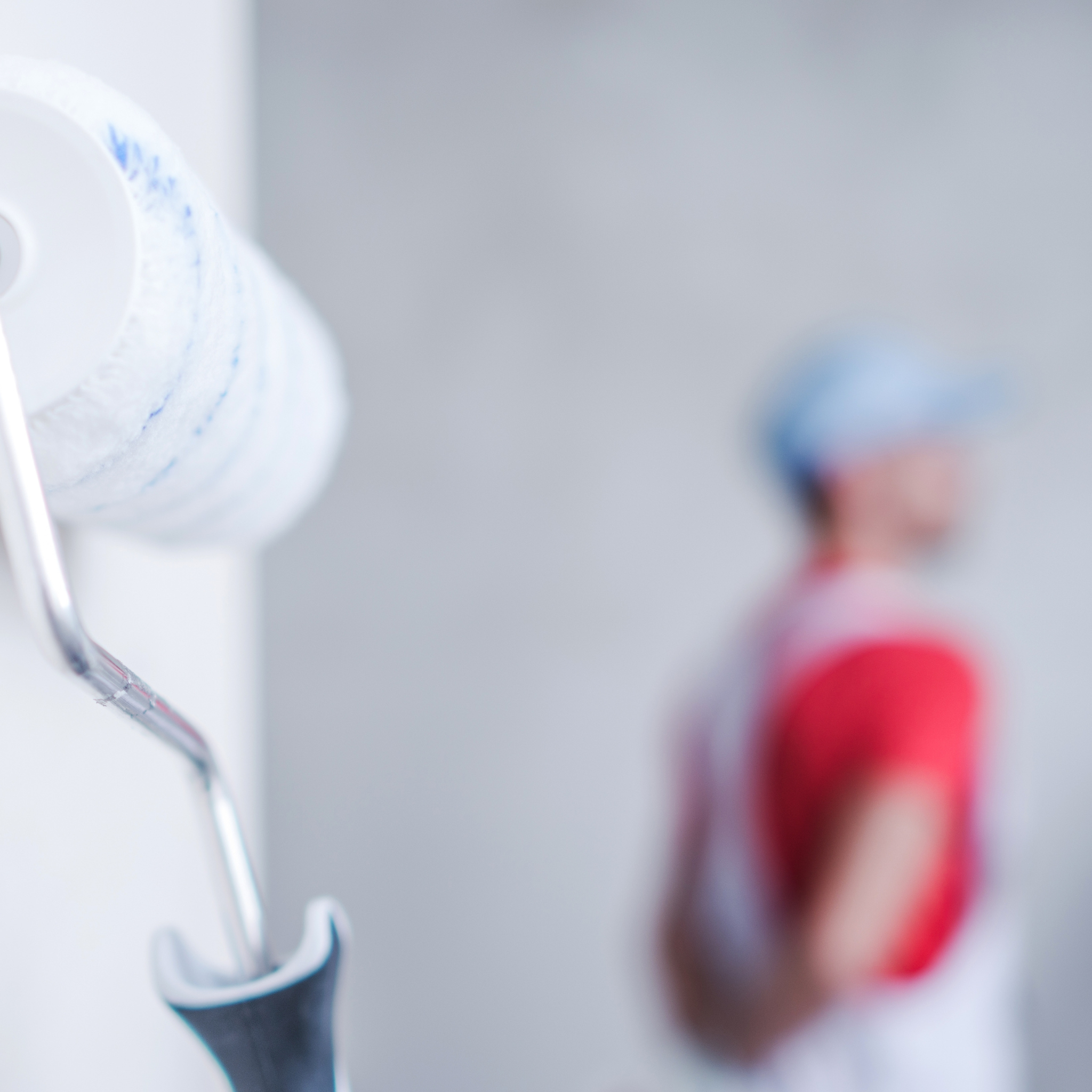Why back roll after spray painting: Spray painting is often touted as a quick and easy method. Just point, spray, and you’re done, right? Not so fast. While spraying paint can seem like a time-saving technique, it doesn’t always lead to the best finish. Smooth, flawless results still require some effort and technique.
This is where back-rolling comes in. I’m sure you’ve had the experience of excitedly breaking out the spray painter for a new project, only to find it leaves bumps, drips, and uneven coverage. Disappointing! Back rolling to the rescue.
Going over the freshly sprayed surface with a roller creates a more uniform, professional-looking paint job. But when do you need to take this extra step? And when is spray painting alone good enough?
Let me walk you through exactly when you should backroll for excellent results and when you can skip it and still get a tremendous spray-painted finish. Grab your painter’s cap, and let’s dive in!

Why back roll after spray painting: What is Back Rolling?
Back rolling refers to using a roller over a freshly spray-painted surface. It helps work the paint into the pores and grooves of the surface. The roller also helps out the paint and eliminates bumps or inconsistencies in the coating.
Back rolling should be done immediately after spray painting an area while the paint is still wet. Letting the paint dry too much before back-rolling can lead to an uneven finish. The purpose of back-rolling is to create a smooth, uniform appearance.
Why back roll after spray painting: When You Should Back Roll
In certain situations, back rolling is recommended for the best results after spray painting. Here are some instances where taking the extra time to backroll is worth it:
Painting Drywall or Plaster
New drywall or plaster has an absorbent, porous surface that tends to soak up paint. Spraying alone often leaves a blotchy, uneven coat. Going over the paint with a roller helps work it into the surface for a more uniform appearance.
Final Coats Using Gloss or Semi-Gloss Paint
The shinier the paint, the more obvious any imperfections will be. Using a roller to back-roll the final coat using gloss or semi-gloss paint helps avoid drips, runs, or bumps. This leaves a perfectly smooth finish.
Painting Rough Surfaces
Surfaces like brick, concrete, or stucco have a very uneven, porous texture. Spraying alone often leaves uneven coverage. Back rolling pushes the paint into all the grooves for a complete range.
Projects Where Appearance is Critical
For surfaces where the final appearance matters most, take the time to back-roll. The small extra effort helps achieve a flawless professional paint job. Examples include cabinetry, trim work, or occupied spaces.
Painting Over Contrasting Colors
Painting a lighter color over a darker one often takes two coats to block out the old color completely. Back-rolling the first coat helps build an opaque base for the second coat.
Why back roll after spray painting: When Back Rolling is Unnecessary
While back rolling is recommended in many situations, there are times when it is unnecessary, and spray painting alone is sufficient:
Painting Metal Surfaces
Metal does not absorb paint in the same way as drywall and plaster. Spray painting alone usually gives excellent coverage on metal.
Painting Outdoors
Back rolling is often unnecessary for exterior house painting or painting objects like fences. Weather and wear will distress the surface over time anyway.
Painting Ceilings
Ceiling surfaces are generally less noticeable than walls. As long as coverage is complete, back-rolling ceilings are typically unnecessary after spraying.
Painting Vinyl or Fiberglass
Smooth surfaces like vinyl siding and fiberglass do not require back-rolling to get paint into grooves. Spraying gives excellent coverage on its own.
So, in summary, back roll anytime the appearance matters, over absorbent surfaces, or painting with glossier paints. But the extra step can be skipped for things like primer coats, metal surfaces, or outdoors. Consider the specifics of your paint project to decide whether you should take the time to back-roll.
Tips for Effective Back Rolling
If you determine that back rolling is needed for your paint job, follow these tips:
- Use a high-quality roller cover with the appropriate nap length. A 3/8″ or 1/2″ nap often works well.
- Make sure the roller is fully loaded with paint. Go over the area vertically first, then horizontally.
- Apply light, even pressure, as you roll. Over-rolling can cause bubbling.
- Work in 3-4 foot sections for the best results. Don’t let the edges dry before rolling.
- For corners or edges, use a brush to cut in by hand before rolling.
- Roll in the direction of the surface texture to help smooth everything out.
- Clean the roller cover thoroughly when done, or the paint will dry on it.
#1 Painting Solution Expert
For expert commercial spray painting services in the Boston MetroWest area that get the job done right the first time, contact Link Solutions Painting Company. Our experienced team specializes in delivering flawless spray-painted finishes for business interiors and exteriors. Let us handle all your painting needs with quality workmanship and attention to detail. Contact us today for a free estimate!


